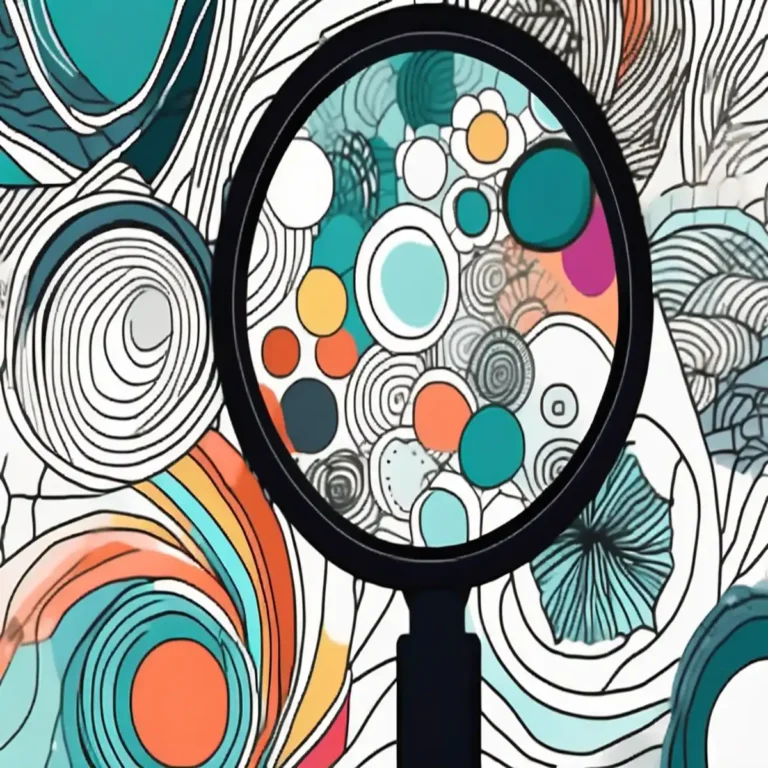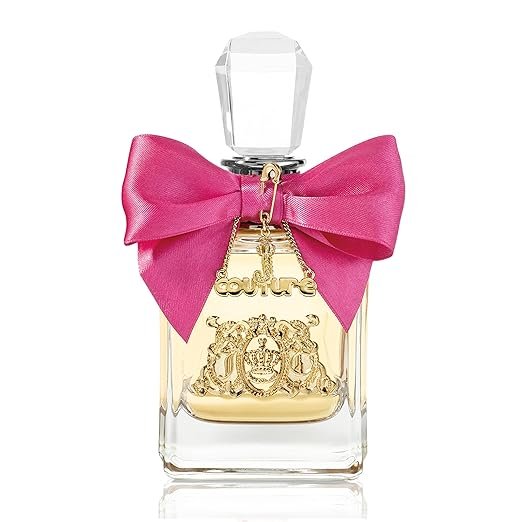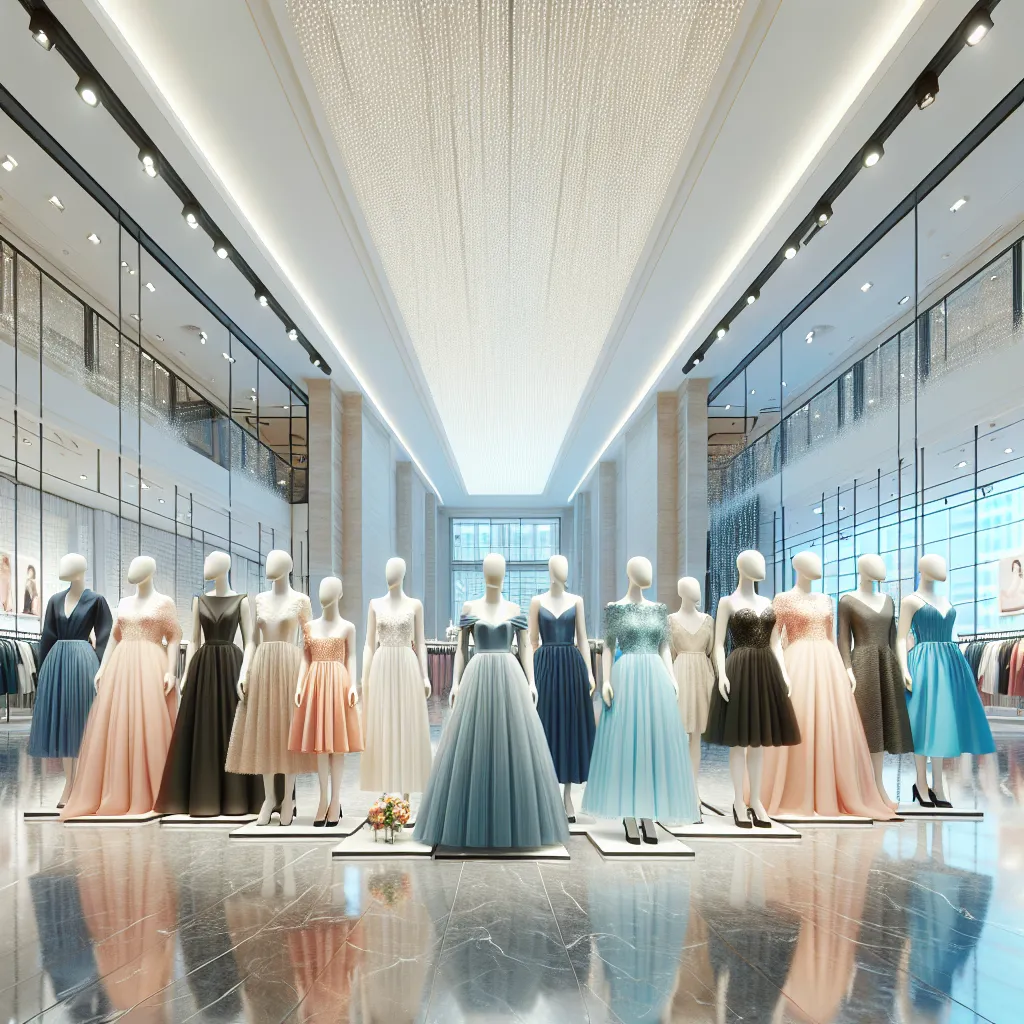Ever found yourself mesmerized by something only to find out others don’t share the same enthusiasm? That’s the magic of perception, especially when it comes to beauty. The phrase “beauty is in the eye of the beholder” has been tossed around in conversations, but have you ever paused to truly unpack its meaning? Well, I’m here to take you on a journey through the looking glass to explore the depths of this timeless saying.
The Origins of the Phrase
Before we dive into the whirlpool of interpretations, let’s take a moment to trace back to where this phrase first fluttered its wings. Understanding its roots gives us a clearer picture of how it has shaped our perception of beauty over the centuries.
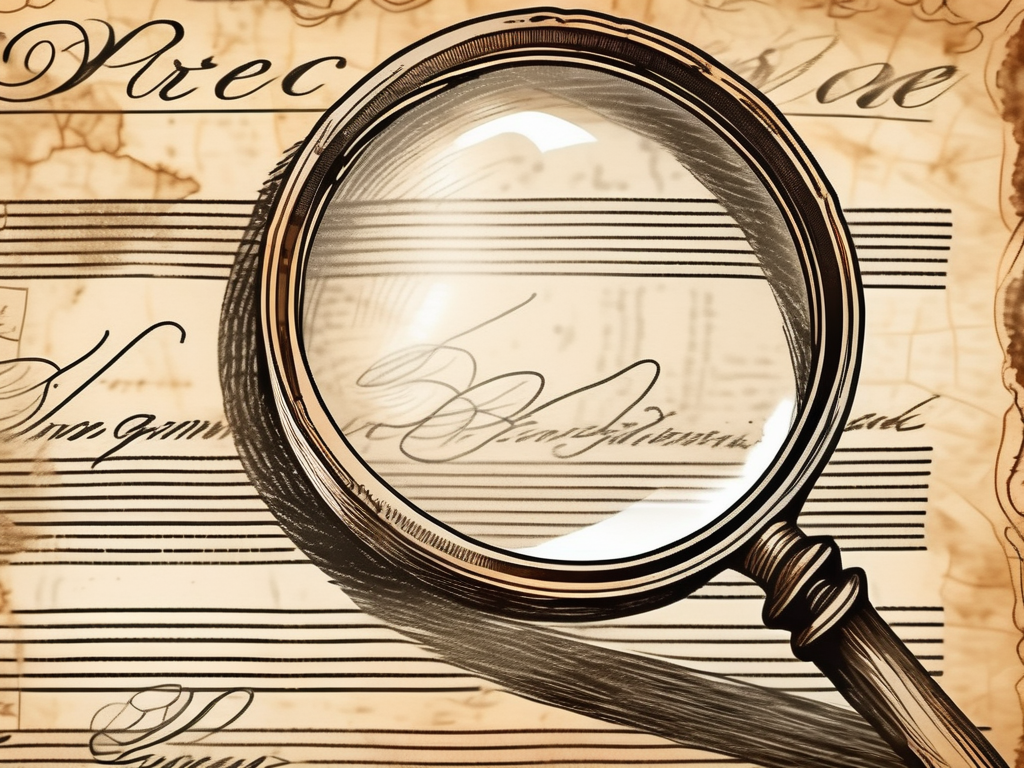
The Literary Beginnings
The phrase “beauty is in the eye of the beholder” is often attributed to Margaret Wolfe Hungerford who penned it in her novel ‘Molly Bawn’ in 1878. However, the concept predates Hungerford, with similar sentiments echoed in ancient Greek texts. It’s fascinating to see how this idea has been a part of human consciousness for so long, morphing through time yet remaining relevant.
Delving into literary history, we uncover that philosophers like Plato and Socrates also toyed with the notion of beauty being subjective. Their dialogues serve as a testament to the age-old debate on whether beauty exists independently of our perceptions. This literary journey not only enriches our understanding but also connects us with thinkers from millennia ago.
Evolution Through Time
As we fast-forward through history, the interpretation of “beauty is in the eye of the beholder” has been shaped by cultural, social, and technological changes. The Renaissance era, with its celebration of human beauty and form, offered a stark contrast to the Middle Ages’ more spiritual and less corporeal appreciation of beauty.
In the modern era, the advent of photography and later, social media, has further complicated our relationship with beauty. These platforms have become mirrors reflecting society’s evolving standards and ideals of beauty, often blurring the lines between individual preference and collective influence.
Psychological Perspectives
Peering through the psychological lens, the phrase gains new dimensions. It’s not just about what we see, but how our brains process and interpret these visual cues. Let’s delve into the cognitive and emotional layers that influence our perception of beauty.

The Role of Perception
Perception is the brain’s interpretation of sensory information, and it plays a pivotal role in determining what we find beautiful. Studies in psychology suggest that our experiences, culture, and even biological factors shape our perception. This means that beauty isn’t just a static image; it’s a dynamic interplay between the object and our minds.
Moreover, the concept of ‘aesthetic pleasure’ highlights how our brains are wired to seek and appreciate beauty. This pleasure is subjective, varying from person to person, which underscores the essence of the phrase “beauty is in the eye of the beholder.”
Emotional Connections
Our emotional connections to objects or people can significantly influence our perception of their beauty. A cherished heirloom, though worn and aged, may hold unparalleled beauty to its owner. Similarly, love and affection can transform our perception, making the beloved the epitome of beauty in our eyes.
This emotional dimension of beauty reveals that it’s not just about external appearances but also about the stories, memories, and feelings that we associate with the beheld.
The Influence of Media
In today’s digital age, the media plays a substantial role in shaping our perceptions of beauty. Advertisements, movies, and social media platforms bombard us with images of what is considered beautiful, often setting unrealistic standards. The constant exposure to these idealized portrayals can distort our own views of beauty, leading to insecurities and a sense of inadequacy.
It’s crucial to be mindful of the media we consume and to remember that beauty comes in diverse forms, beyond what is showcased in glossy magazines or filtered social media posts. By recognizing the influence of media on our perception of beauty, we can take steps to cultivate a more inclusive and authentic understanding of what it means to be beautiful.
Cultural Influences on Beauty
As we navigate through different cultures, it becomes evident that beauty standards are not universal. Each culture has its own lens through which beauty is defined and appreciated. This diversity enriches our understanding and challenges us to broaden our horizons.
Beauty Across Cultures
From the curvaceous figures celebrated in certain African cultures to the porcelain skin favored in East Asian societies, beauty standards vary dramatically across the globe. These preferences are deeply rooted in historical, environmental, and social factors, illustrating that beauty is not only in the eye of the beholder but also in the cultural tapestry of their society.
Exploring these diverse standards not only expands our appreciation for beauty but also fosters a deeper respect for cultural differences. It’s a reminder that beauty transcends borders and is as varied as humanity itself.
The Impact of Globalization
Globalization has woven the world’s cultures closer together, influencing and sometimes homogenizing beauty standards. The international reach of media and fashion has introduced a more uniform vision of beauty, yet, the essence of “beauty is in the eye of the beholder” persists. Amidst this global exchange, individual and cultural preferences continue to shine, celebrating the uniqueness of personal and collective perceptions of beauty.
This interplay between global influences and personal preferences highlights the resilience of the phrase, reminding us that beauty’s true essence remains subjective and diverse.
Conclusion: Embracing the Beauty of Subjectivity
Our journey through the origins, psychological underpinnings, and cultural influences of the phrase “beauty is in the eye of the beholder” reveals a rich tapestry of interpretations. It’s a celebration of diversity, individuality, and the deeply personal experience of beauty. As we navigate our own paths, let’s cherish this subjectivity, allowing ourselves to find beauty in the most unexpected places and faces.
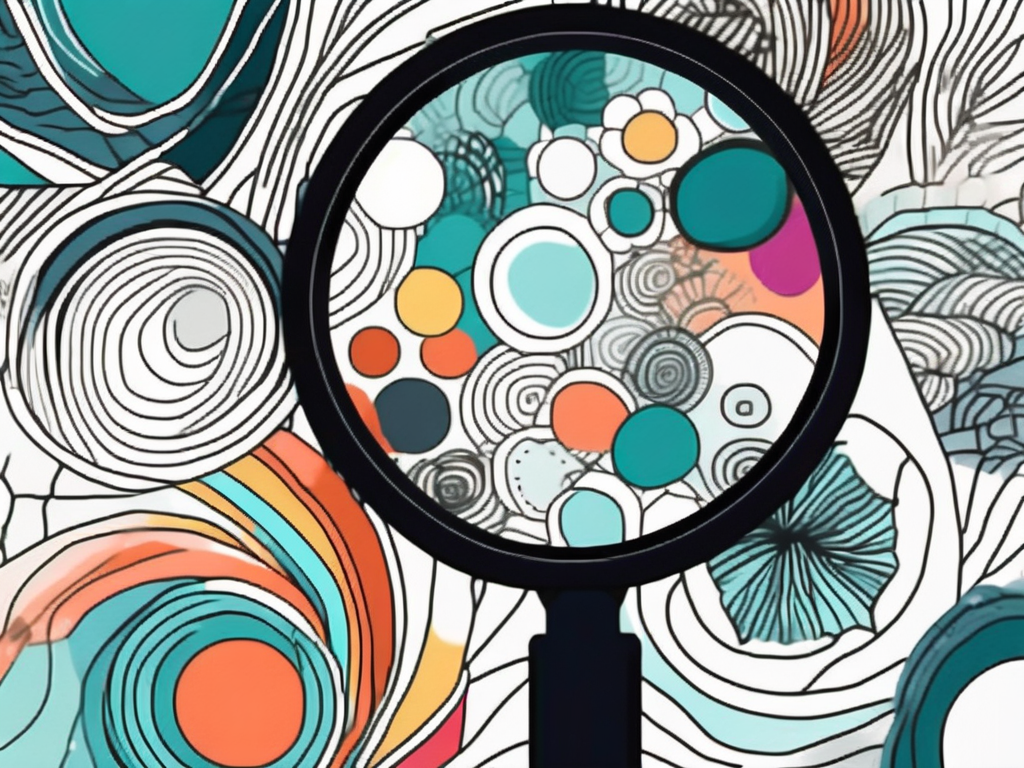
If this exploration has sparked your curiosity or if you’re seeking to dive deeper into the realms of beauty and perception, remember that the world is your oyster. Beauty awaits in every corner, ready to be discovered through your unique lens.
Until next time, keep beholding the beauty that surrounds you, in all its myriad forms.
Beauty FAQS (Frequently Asked Questions)
What is the origin of the phrase “beauty is in the eye of the beholder”?
The phrase is often attributed to Margaret Wolfe Hungerford in her novel ‘Molly Bawn’ in 1878, though the concept predates her, with ancient Greek texts expressing similar sentiments.
What role does perception play in determining beauty?
Perception, the brain’s interpretation of sensory information, plays a pivotal role, influenced by experiences, culture, and biological factors, making beauty a dynamic interaction between the observer and the object.
How do emotional connections influence our perception of beauty?
Emotional connections to objects or people significantly influence our perception, where love and affection can make someone appear as the epitome of beauty to the beholder.
What impact does media have on our perception of beauty?
Media plays a substantial role, often setting unrealistic standards through idealized portrayals of beauty, which can lead to insecurities and a distorted view of beauty.
How do cultural influences shape our understanding of beauty?
Beauty standards vary dramatically across cultures, influenced by historical, environmental, and social factors, showing that beauty standards are not universal but deeply rooted in cultural contexts.
